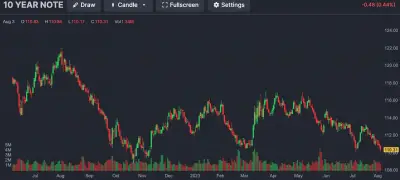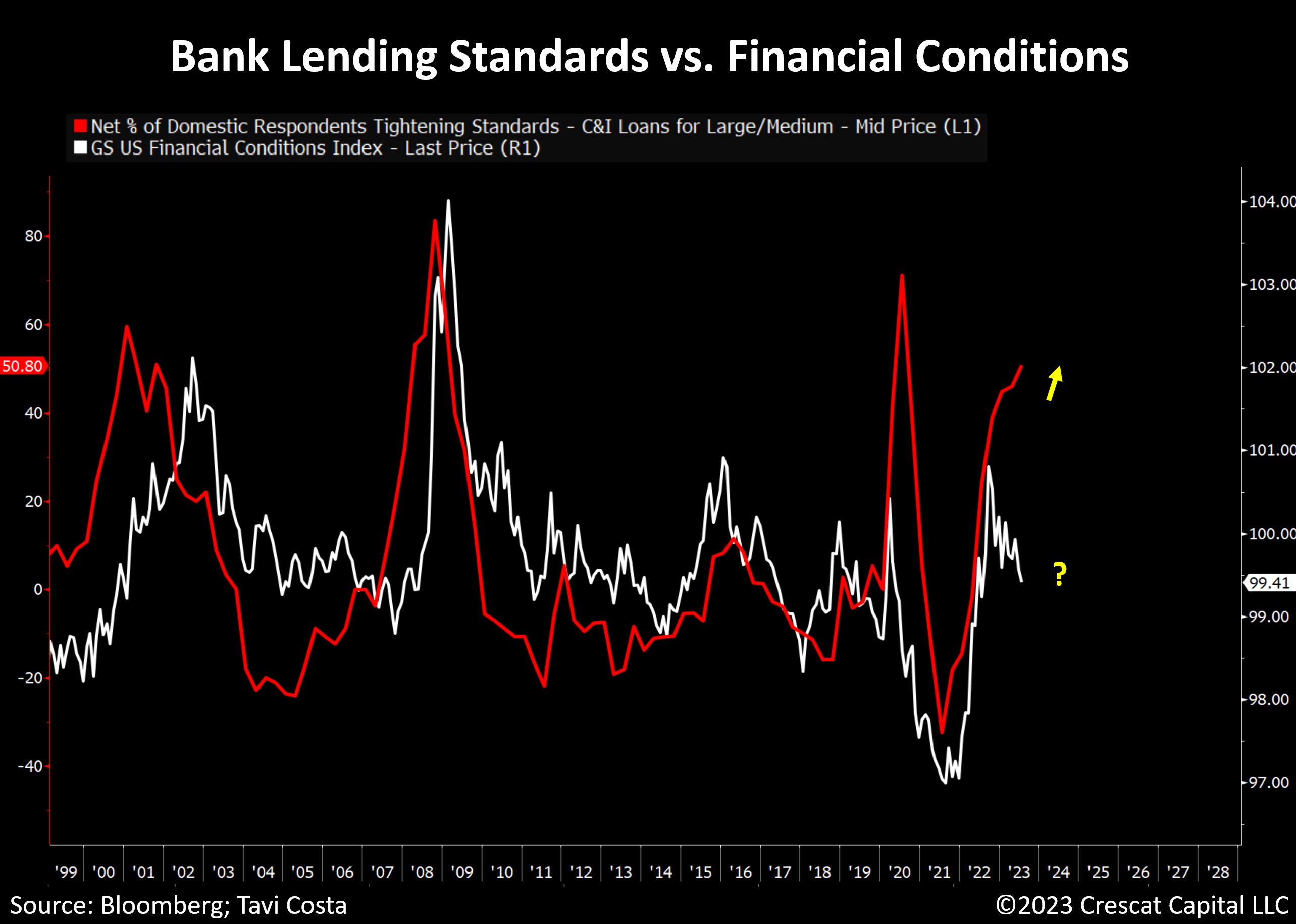Yes, the yield compression resulting from increased demand for risk assets could indeed have second-order effects on Treasury notes, bills, and bonds, potentially influencing the Federal Reserve's approach to yield curve control (YCC). Here's how this chain of events could unfold:
1. **Yield Compression on Risk Assets**: As demand for risk assets increases due to the liquidity injection from a repo operation or other factors, their yields may decline, leading to yield compression. Investors seeking better returns might shift their focus from safer assets (like Treasuries) to riskier assets.
2. **Impact on Treasuries**: The reduced yields on risk assets could lead investors to seek yield in other segments of the market, including Treasury notes, bills, and bonds. This increased demand for Treasuries could put downward pressure on their yields as well.
3. **Fed's YCC Response**: If Treasury yields across the curve continue to decline due to yield compression and market dynamics, the Federal Reserve might need to adjust its YCC strategy. The Fed may become more aggressive in its YCC efforts to maintain its target yield levels, potentially increasing its purchases of Treasury securities to keep longer-term yields from dropping too low.
4. **Market Perception of YCC**: The more aggressive use of YCC by the Fed could influence market perceptions and expectations. Investors might interpret this as a commitment by the central bank to support market stability and risk assets, potentially making risk assets even more attractive.
5. **Risk Asset Demand**: The combination of reduced yields on risk assets and continued central bank support could further enhance the appeal of risk assets like stocks and higher-yielding corporate bonds. Investors might be more inclined to allocate funds to these assets in search of better returns relative to lower-yielding Treasuries.
6. **Market Dynamics**: The interplay between YCC, risk asset demand, and Treasury yields could create a dynamic feedback loop. As risk assets become more attractive, their prices could rise, potentially leading to further yield compression. This, in turn, might require the Fed to adjust its YCC strategy even more to maintain its desired yield targets.
It's important to note that this sequence of events is hypothetical and depends on various factors, including the specific actions of the Federal Reserve, market sentiment, economic conditions, and investor behavior. Additionally, while these second-order effects could make risk assets more attractive in the short term, they could also contribute to market distortions and increase the potential for asset bubbles or other imbalances. As always, central banks need to carefully consider the trade-offs and unintended consequences of their policy decisions.


